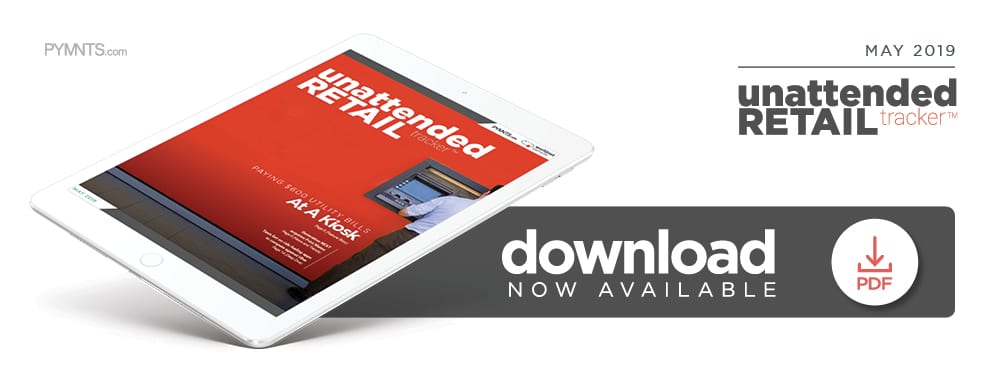Deep Dive: Can Ride-Hailing Apps Keep Traditional Taxis Afloat?
When rideshare companies like Uber first hit cities, they shook the traditional taxi industry. The value of taxi medallions, or permits to operate taxis, dropped drastically, and lenders that served the industry struggled to stay afloat. Taxis offered professional drivers an established service model and compliance with strict regulations, but consumers still flocked to Uber for its convenience and seamless payments. Rival rideshare company Lyft launched three years later, compounding the taxi industry’s problems.
Taxi companies in this competitive market must either innovate their existing models or get off the roads. Those looking to survive have been fighting back by adopting ride-summoning and payment apps of their own, hoping to offer the same convenience provided by the ridesharing giants.
Taxis Take To Mobile Apps
Ride-hailing apps that offer payment and advance booking for traditional taxis are gaining ground and helping taxis stay in business. There have been several forays into this field from notable companies like MyTaxi, Cabiy and Taxi.Eu and more. Those that already offered taxi technology, such as Curb Mobility, unveiled ride-hailing apps to remain relevant and help taxis stay competitive. Curb Mobility is responsible for approximately 10 million trips each month, compared to Uber’s 40 million rides for the same time period.
Curb, which has a presence in 30 metropolitan areas, recently received a contract from New York City Transit to help serve the city’s Access-A-Ride paratransit program. Customers with disabilities can now use Curb to hail yellow and green cab rides. The service was piloted from 2017 to 2018 and proved popular among users. City contracts like these are helping keep taxis on the roads.
“Numerous drivers have told me, ‘I would have turned in my license if not for the work provided through Access-A-Ride,” Jason Gross, Curb’s vice president of mobile, told Forbes.
What’s In An App?
Ride-hailing apps are significantly supporting the traditional taxi industry, but not just any app will do. Effective services require both a driver-facing app that helps drivers locate passengers and find optimal routes, as well as a customer-facing one that riders can use to connect with, locate and pay their drivers.
Several different features are important as well, such as enabling push or short message service (SMS) notifications that provide information on ride requests, driver arrivals, fares and similar information. Location tracking features, ride cancellation and rating and reviewing capabilities are all standard aspects of an effective service.
Designs that make it easy to summon rides and pay are important to consider, too. Consumers should have access to features that enable them to scan and add cards or split bills with other passengers.
Looking Forward
Well-designed apps are helping the taxi industry stay afloat, but they have not done enough to reclaim customers lost to rideshares. Between August 2017 and July 2018, the lion’s share of customer spending on rideshares in the U.S. went to Uber at 64 percent, followed by Lyft at 32 percent, and Gett and Juno at 2 percent. Curb came in at just 1 percent.
Even though ride-summoning players remain Davids to ridesharing firms’ Goliaths, they are growing. Ride-hailing companies Curb and Arro showed monthly spend increases in New York City of 21 percent and 19 percent, respectively, from August 2017 to July 2018.
Apps for ride-hailing and payments have become table stakes, and customers expect them as a matter of course. These and other convenient innovations will be key tools for the taxi industry if it hopes to maintain a foothold or lure a sizable customer share back from Uber and others like it.

